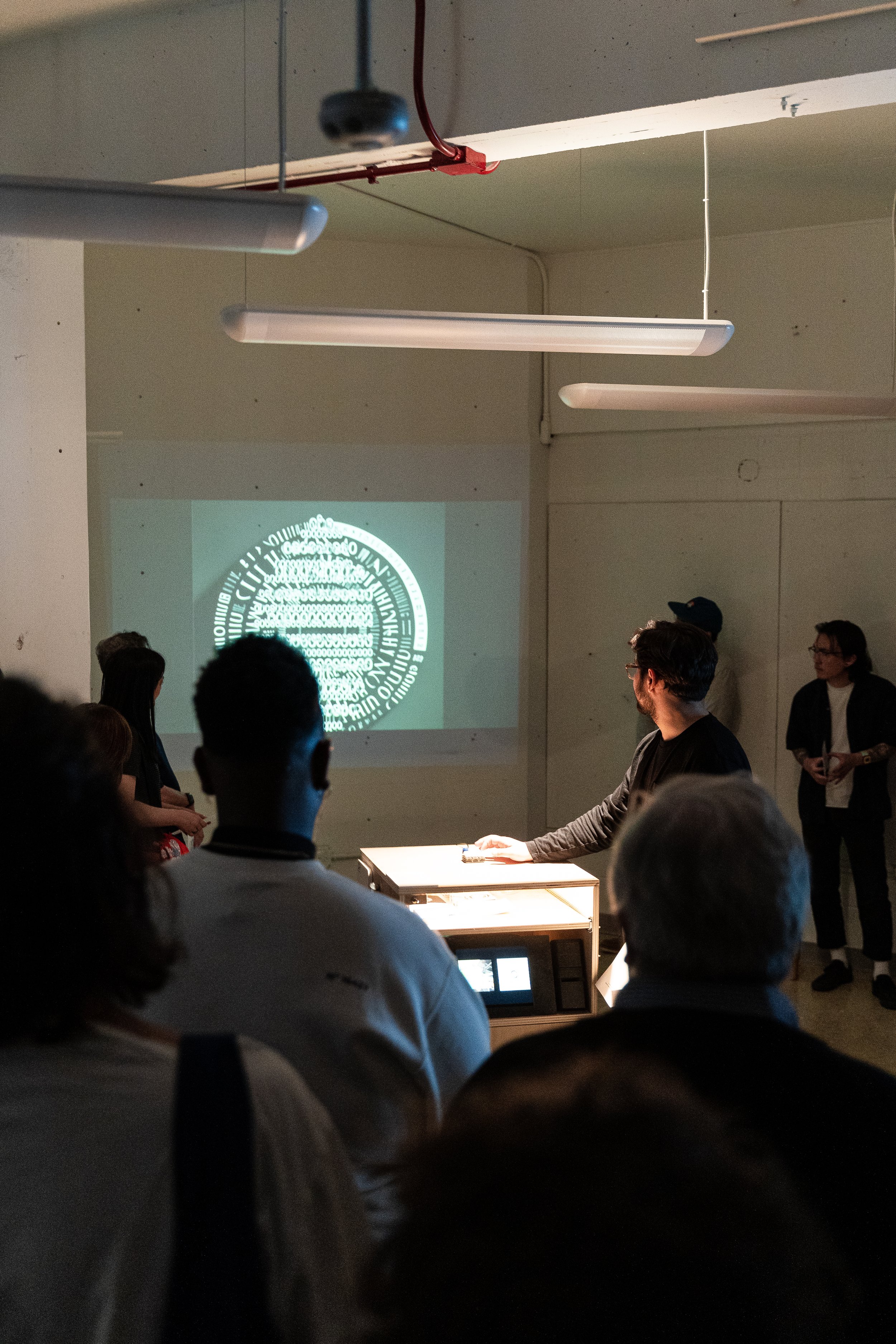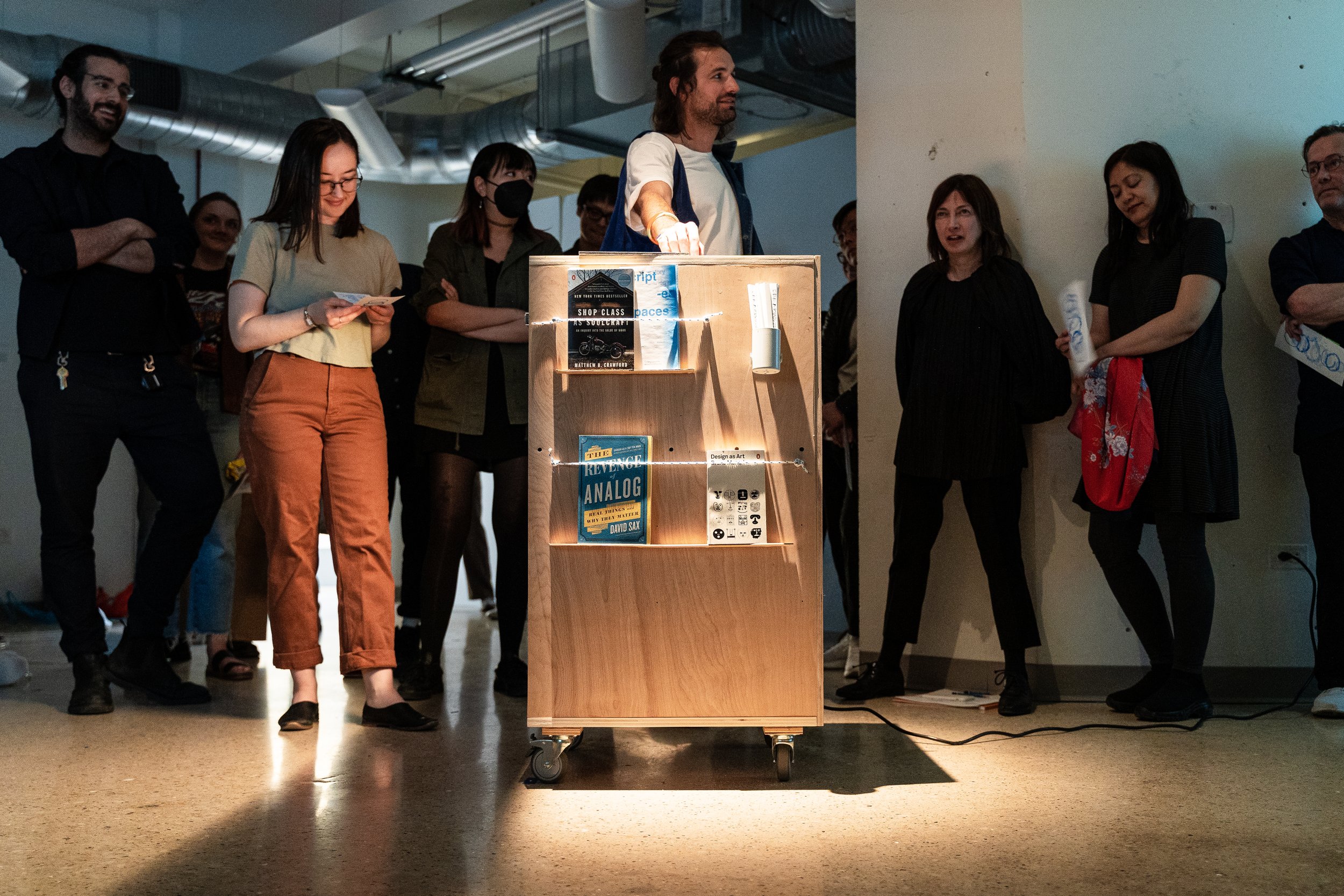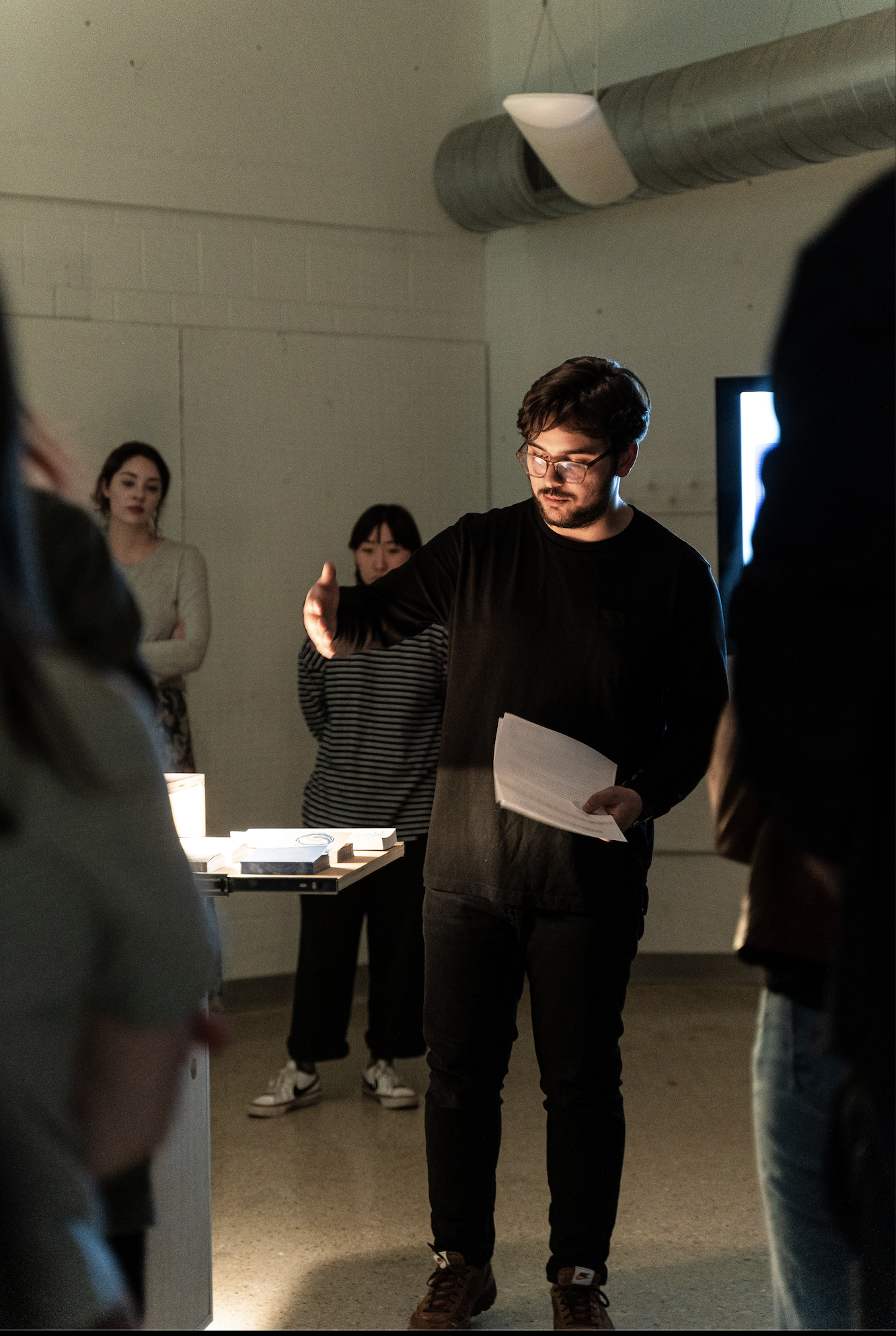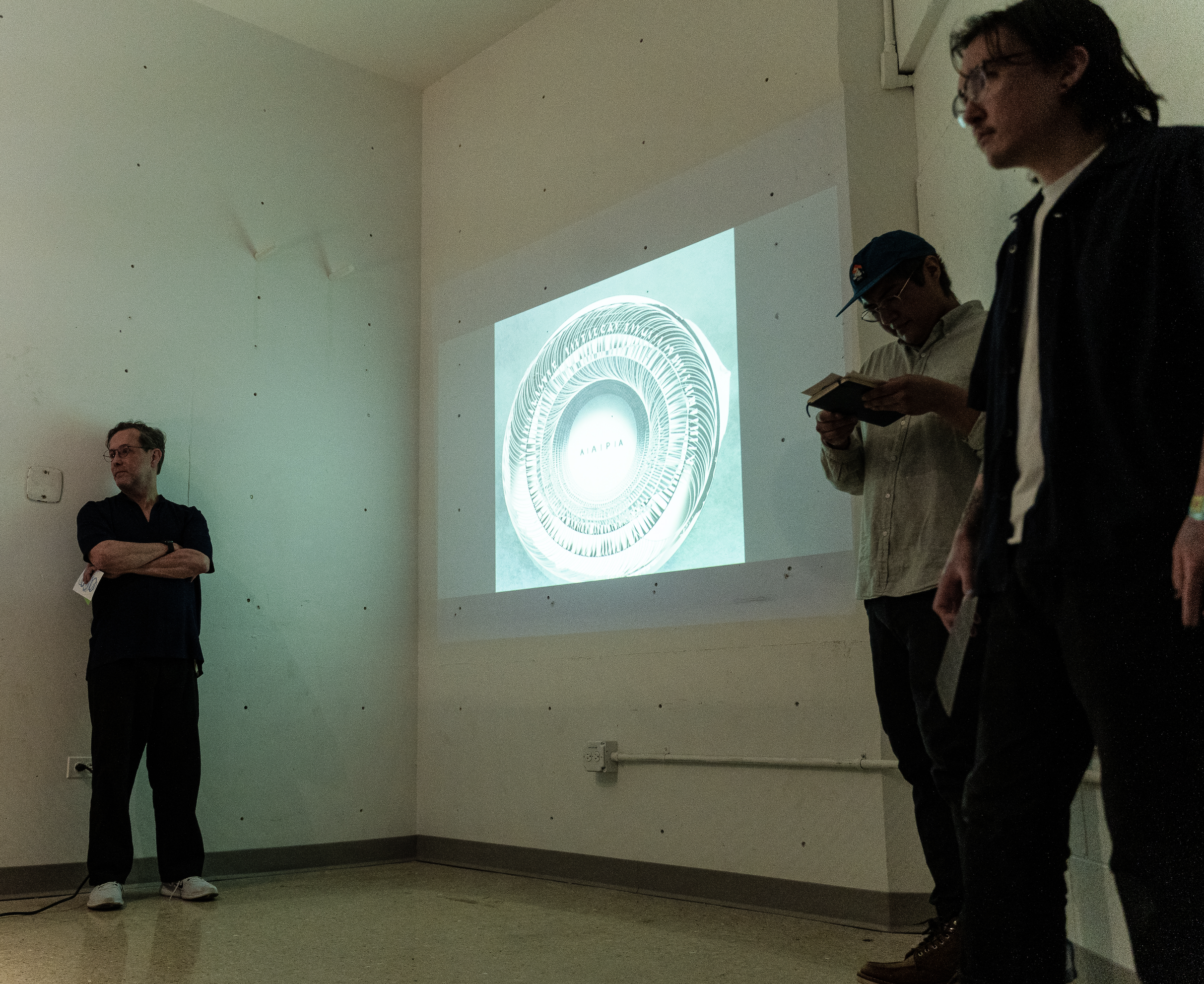Austin Watson
Doing My Rounds
Growing up I was almost always around tools. Coming from multiple generations of mechanics and makers I quickly learned that our relationship to tools dictated much of what we could do in life. The tools we had, and the knowledge of how to use them allowed us a sense of personal autonomy: the ability to fix things that were broken and to create things that we imagined.
As I found my way into design I quickly learned that in my process it was important to learn how to use new tools and implement them. From complex software and coding to traditional printing methods, I found myself fascinated with the idea that tools can change not only the visuals I produce, but the way I conceptualize the work. I often found combining analog and digital modes of production to be something that was worthwhile in my process: not just using your tools, but combining the use of multiple disparate tools.
The goal of this project in a practical sense was to use the impartial circular shape to showcase the differences in making with various tools. The circular form provides complexity in that the tools need to be able to replicate symmetrically and consistently. Any variation in the tool is showcased through the form. Over the course of the semester, I recorded myself using these tools. During the sessions I tried different approaches and tried to learn how to make a circle with the tool at hand. The goal wasn’t to make a perfect circle, but rather to visually display this dialogue between the user and the tool.
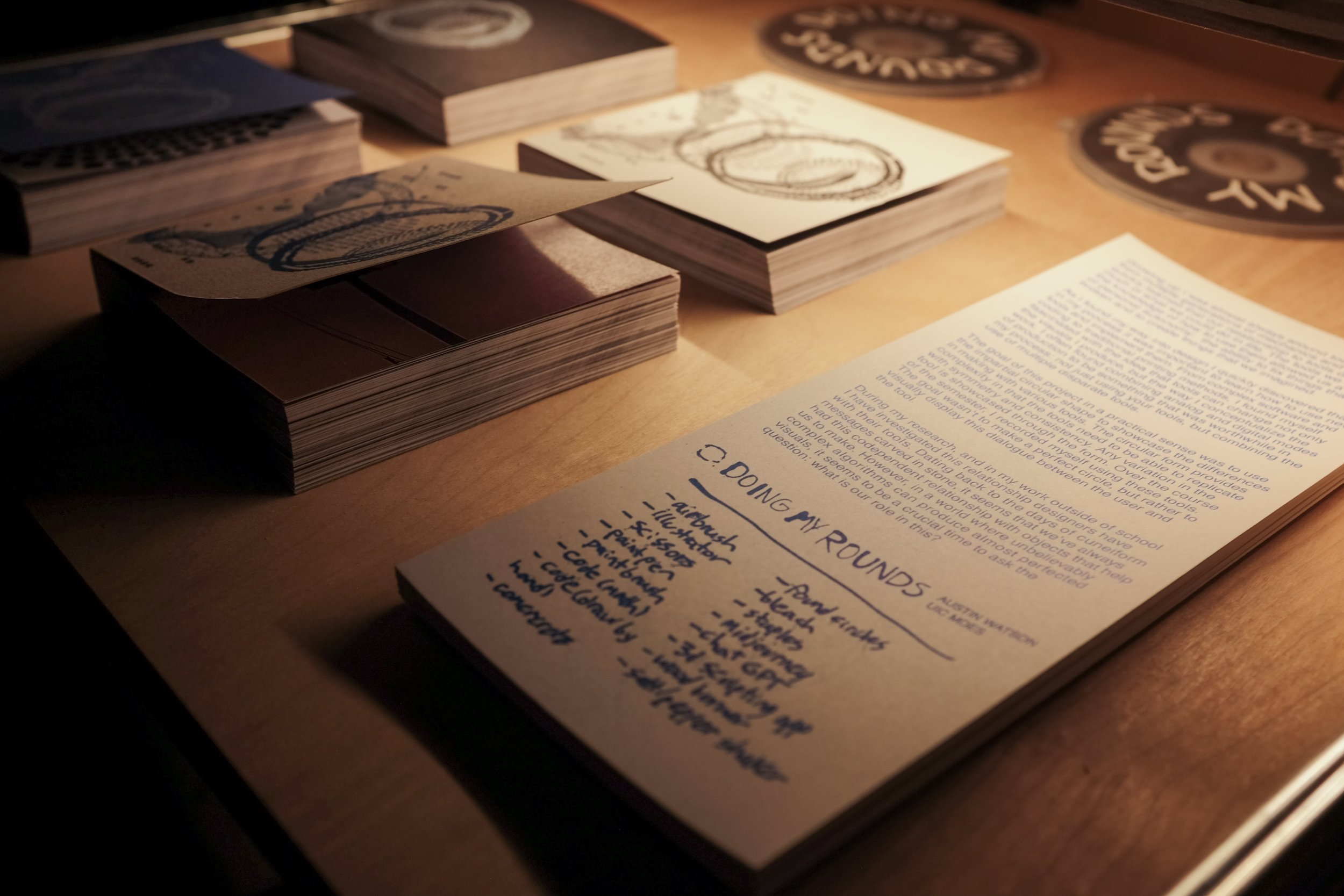
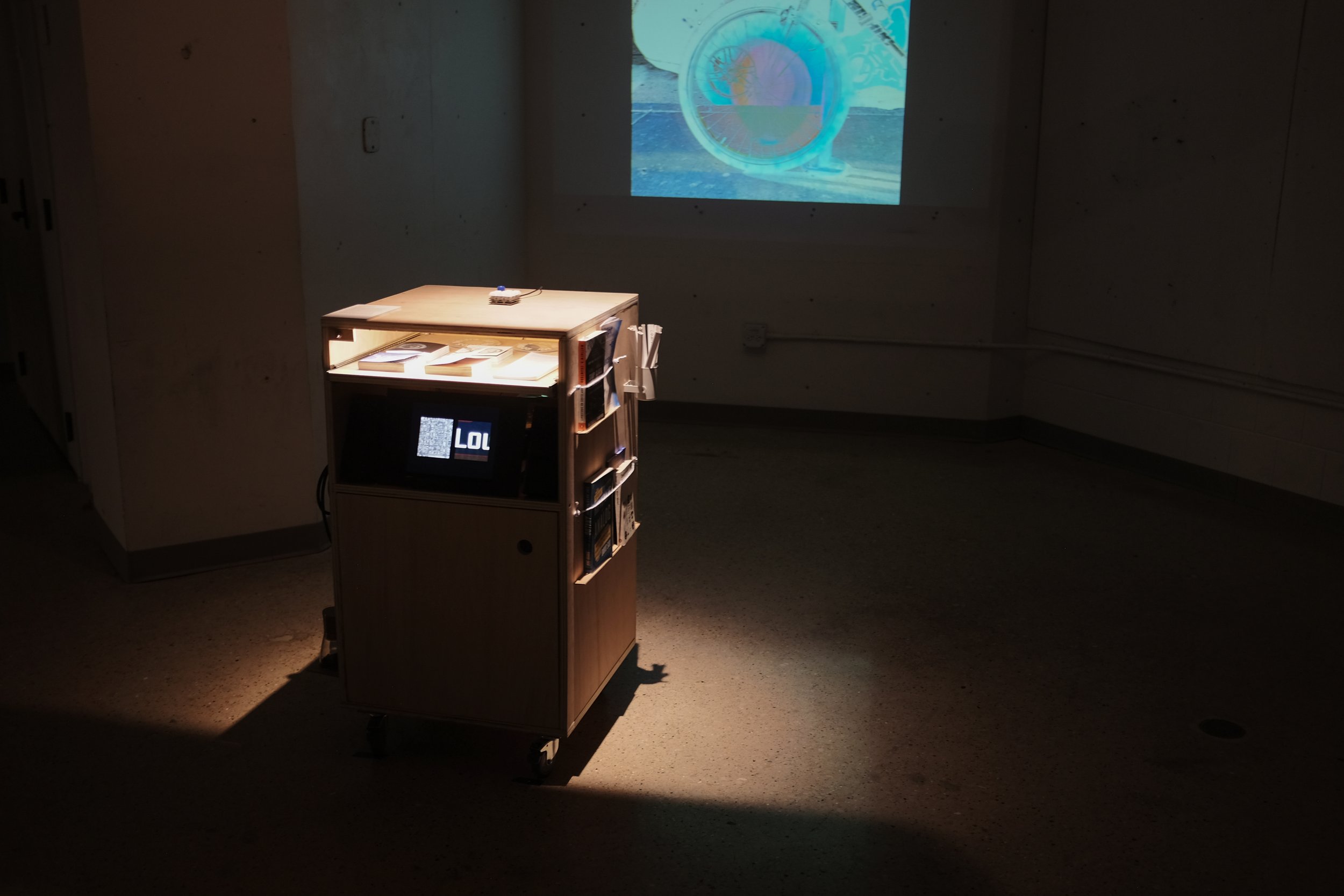
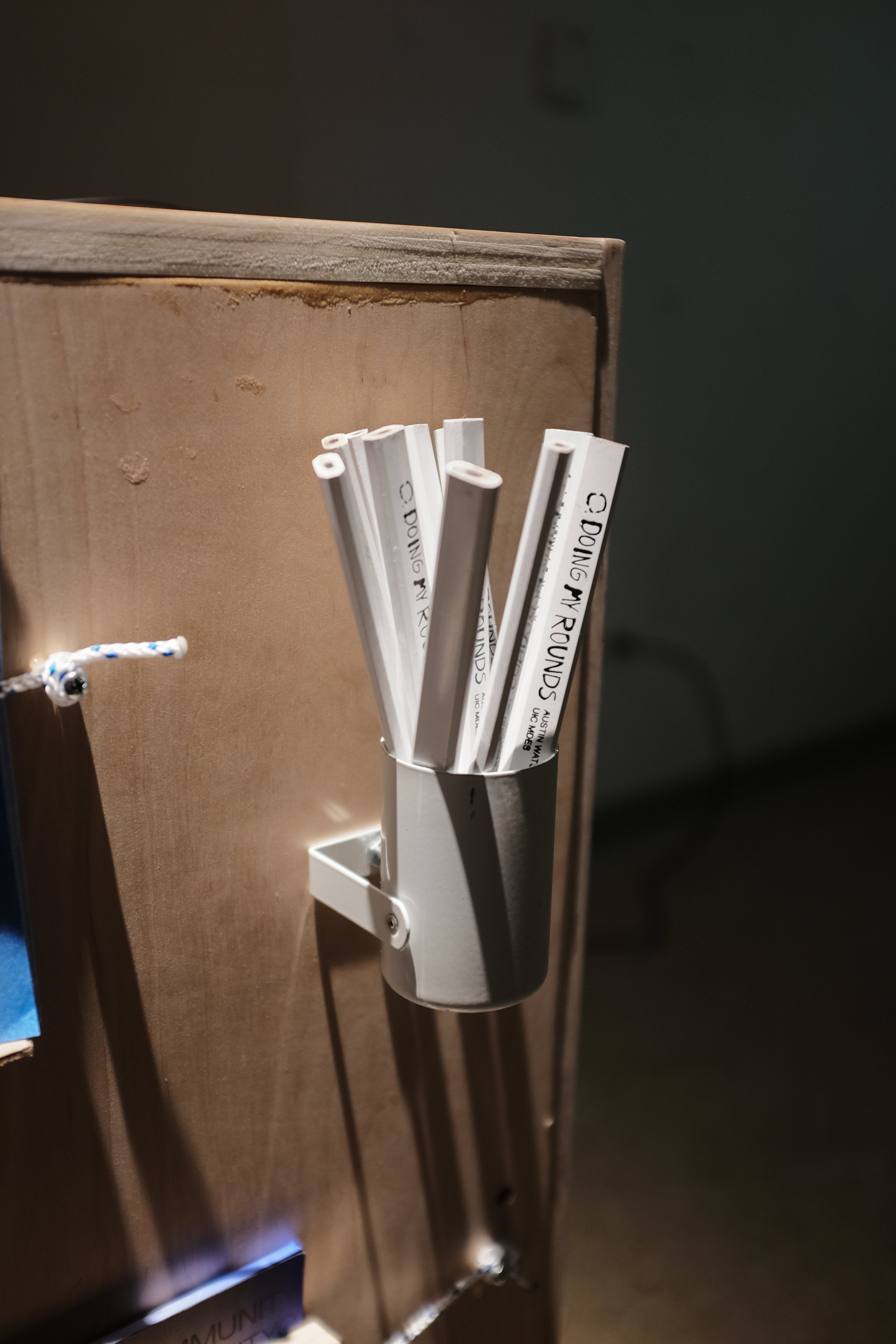

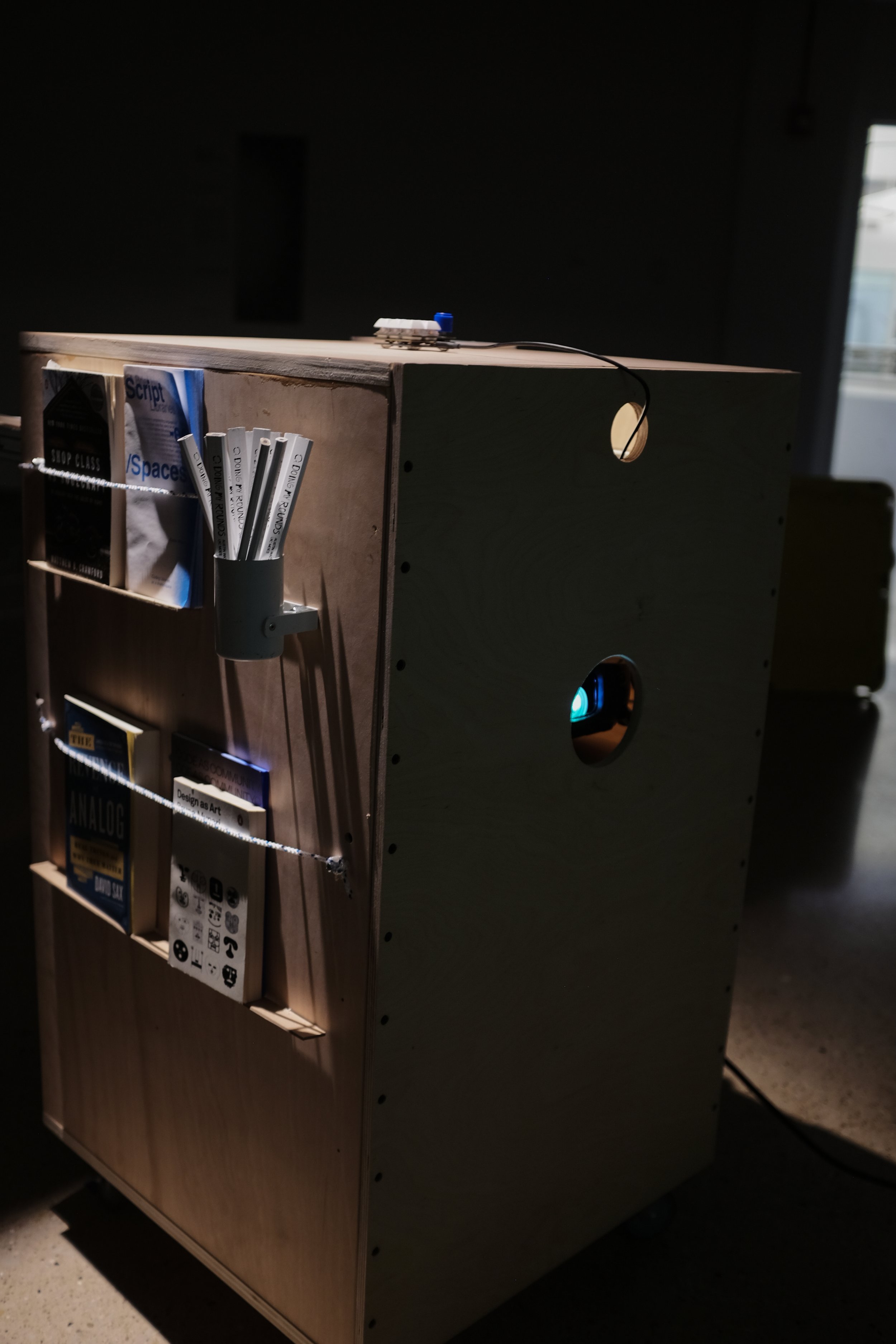

The installation represents a toolbox that houses all the tools that I used as well as displays the outputs of all of the experiments. The form of this box was taken from cabinets of curiosity. These were precursors to the modern museum, they were small collections in peoples houses filled with items they could use to learn about the world and the way it worked. This box is meant to function in a similar way. It is meant to spark your curiosity and make you investigate the relationship between all of the objects that inhabit the box.
During my research, and in my work outside of school I have investigated this relationship designers have with their tools. Dating back to the days of cuneiform messages carved in stone, it seems that we’ve always had this codependent relationship with objects that help us to make. However, in a world where unbelievably complex algorithms can produce almost perfected visuals, it seems to be a crucial time to ask the question: what is our role in this?
My motivation is not to be cynical about technology, but rather to be inquisitive about its effects on not just the work that we create, but how we see ourselves as makers. My hope is that this work will encourage the maker spirit in all of us. That this project would reignite the childlike curiosity of discovery. That we would all be able to take part in using unfamiliar tools to make something new, and to learn along the way.
